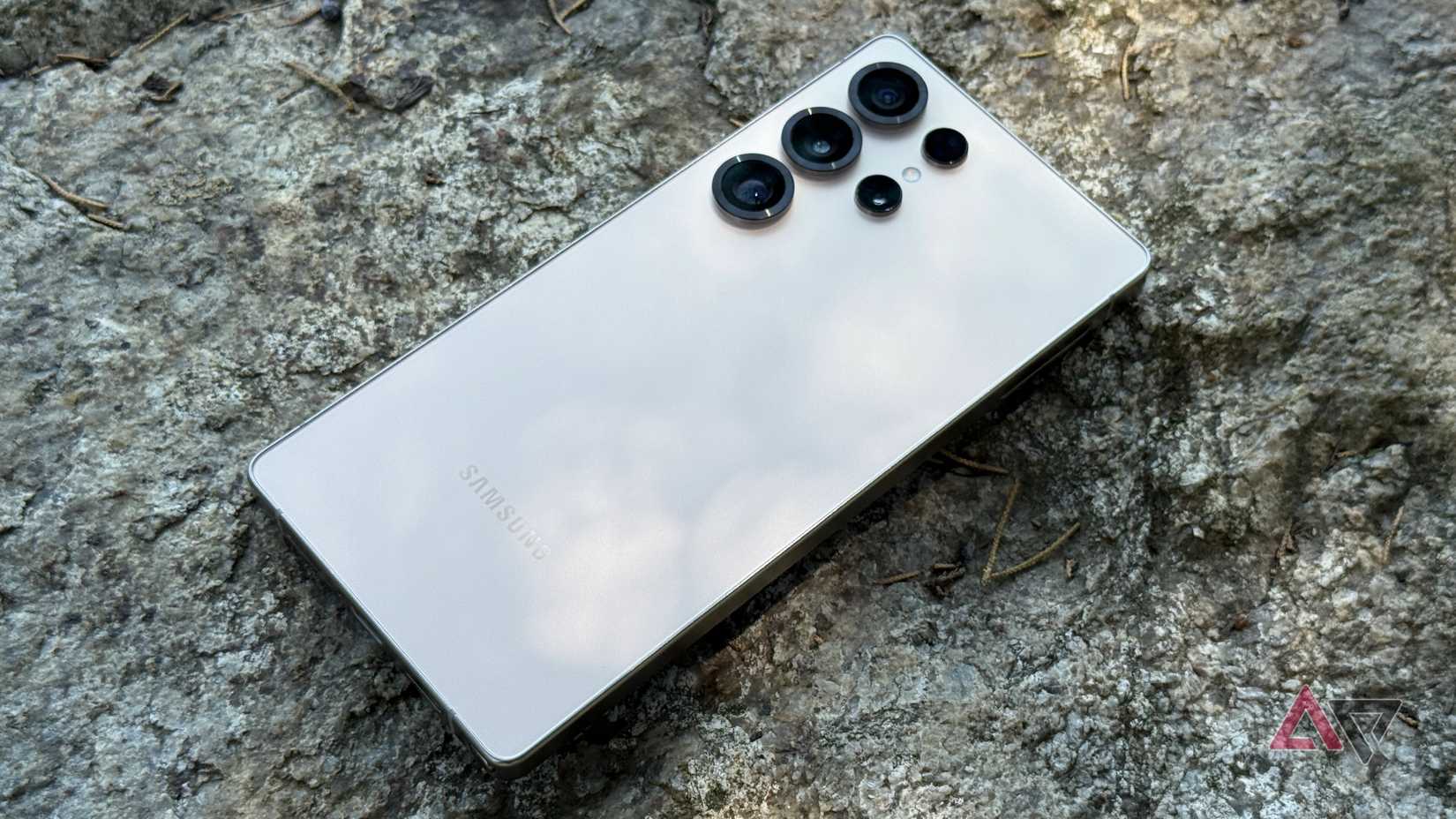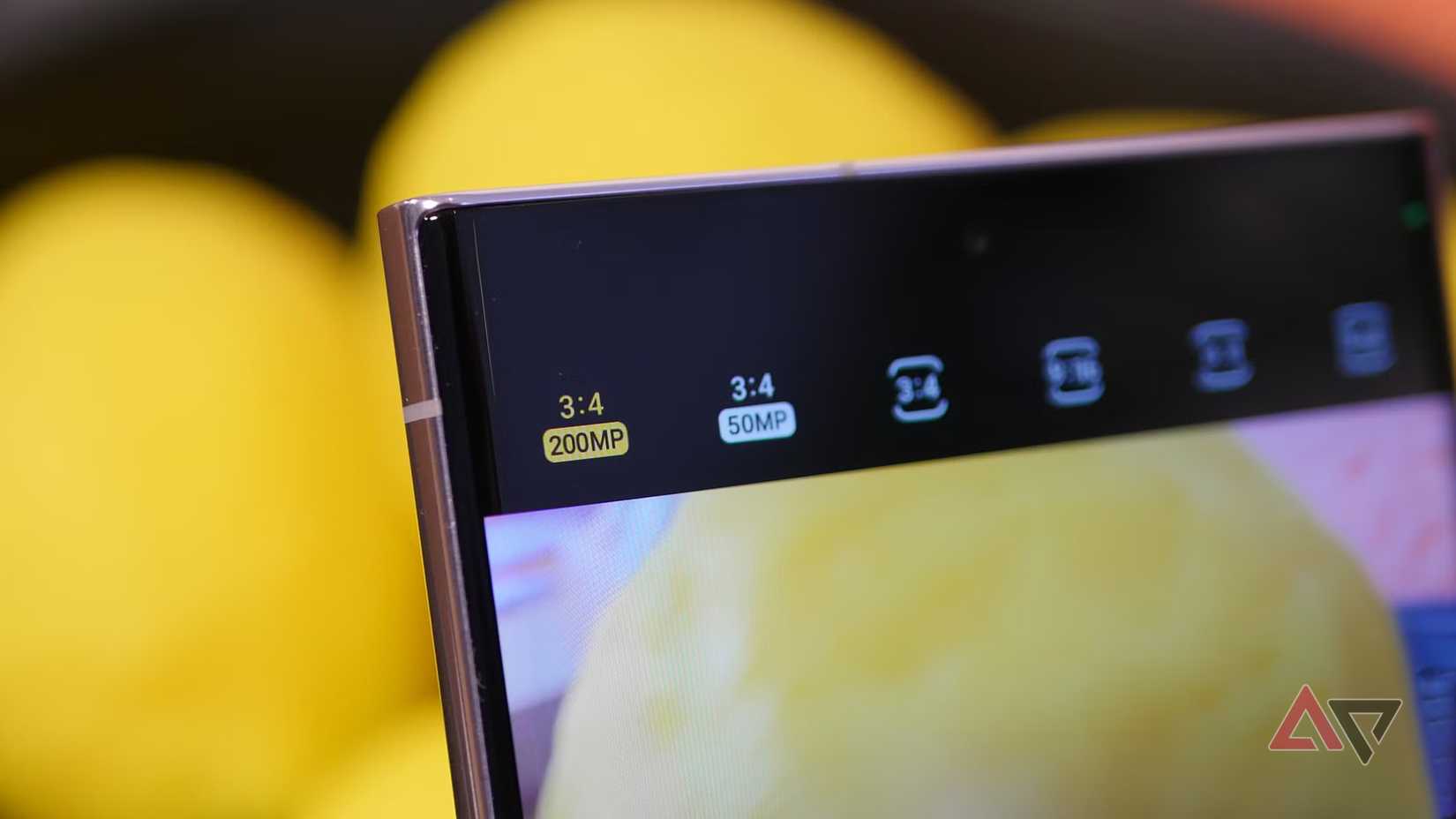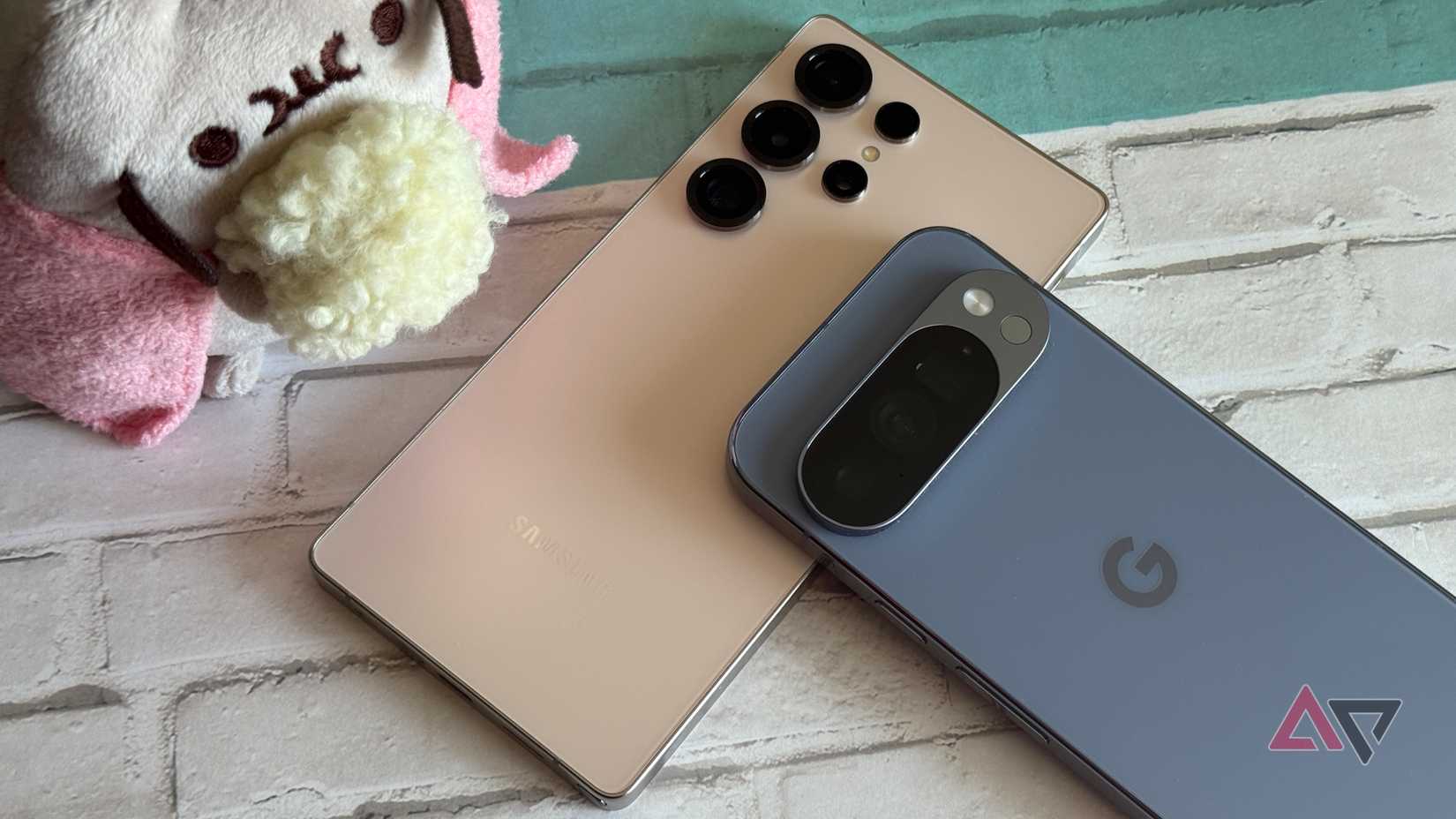The Samsung Galaxy phone is a masterpiece of mobile engineering (especially the Ultra and Z Fold lineup) in so many ways: the best-in-class display, the unparalleled zoom capabilities, and the productivity power of DeX.
However, all of that premium hardware and software optimization means nothing when the camera fails to do its single most important job: capturing the moment you intended.
The shutter lag issue isn’t a small bug; it’s a foundational flaw that ruins action shots and forces loyal users to constantly compromise.
It’s a core problem that, despite years of updates, remains the single reason I simply cannot recommend a Galaxy phone to anyone whose life involves moving subjects.
Missed moments due to shutter lag
If there is one thing that defines my frustration with my Galaxy S23 Ultra, it’s the constant realization that I have missed the perfect shot.
I have a little one running around all the time, and I honestly can’t tell you how many precious memories have been ruined by this flaw.
I will see that perfect look after they finally master a new toy, or that split-second hug with the family dog. I frame the shot, press the shutter button, and nothing happens instantly.
By the time the camera actually fires, my subject has moved. The magical moment is gone, replaced by a blurry streak of color where my child’s face used to be.
This isn’t just a parent problem, either. The moment you introduce motion into the scene, the Galaxy camera becomes a liability.
For example, if you try to capture your cat mid-pounce or your dog leaping to catch a Frisbee, the picture will invariably be taken after the peak of the action, leaving you with a photo of an empty space or a blur of fur.
The same issue happens when I’m traveling. I have stood waiting for the perfect moment at a crowded landmark and tried to time my shot to capture the building just as a person steps out of the frame.
I press the button at the exact moment. However, the lag means I end up with a stranger’s elbow ruining what would have been a perfect landscape.
If you are at a sporting event, even a quick school play or concert, that delay can ruin a critical facial expression.
For a phone that costs four figures and boasts the most advanced hardware, its inability to deliver an instant capture is unacceptable.
Samsung’s quick fix leaves a lot to be desired
This is where my frustration boils over. Samsung knows this is a problem, and it has offered a fix, but it’s not enough for a flagship phone.
The solution the company offers is buried within their Good Lock suite. First, you need to download Good Lock from the Galaxy Store, install the Camera Assistant add-on, and enable the option.
When I enable it, the camera basically cheats. It speeds up the capture by reducing the amount of computational photography it performs.
It takes fewer frames to build the final image, which means the system sacrifices detailed stacking and noise reduction.
My image of a moving subject might be sharp, but it often ends up having more noise, less dynamic range, and looking noticeably softer than a rival phone’s instant shot.
Samsung is effectively telling me, ‘Yes, we can fix the lag, but you have to accept a decrease in picture quality to do so.’
The rivals have caught up
I love Samsung’s hardware, but when I look at the competition, my frustration only multiplies.
Because Apple and Google have already solved this problem, and they didn’t have to sacrifice their flagship image quality to do so.
On the iPhone and Google Pixel, the camera experience is spot on. I tap the shutter, and the picture is captured at the very millisecond I intended.
There is no guessing, no waiting for my finger to lift, and my resulting photo is still a high-quality image.
And don’t even get me started on some of the Chinese flagships. Brands like Vivo and Xiaomi are innovating at a fast pace, frequently showcasing truly instantaneous captures and incredible low-light performance with their latest hardware.
In many camera comparisons, the speed and overall stability of these phones are leaving both Samsung and Apple in the dust.
They are proving that you can have massive sensors, aggressive post-processing, and a lightning-fast capture speed all in the same device.
Samsung, we need to talk
On paper, Galaxy flagships offer one of the most technologically advanced camera systems available on any smartphone.
The sensors are massive, the lenses are versatile, and the raw image data they capture is second to none.
Yet, the entire experience is undermined by a single flaw that Samsung seems incapable of eliminating: shutter lag.
Competitors have proved that ‘zero shutter lag’ is achievable in a flagship, leaving Samsung with no excuse.
Until Samsung prioritizes zero-shutter-lag performance, the Galaxy will remain the smartphone that’s technically brilliant but practically frustrating.




